Bouzloudja is the former Soviet Congress Hall now abandoned
Located on the historical summit of Bouzloudja (or Buzludja) at 1,441 m above sea level, in the mountain range of the Grand Balkan, in Bulgaria , stands a magnificent piece of architecture. The Monument Buzludzha was built by the Bulgarian communist regime to commemorate the events of 1891, when the socialists led by Dimitar Blagoev gathered secretly in this place to form an organized socialist movement. The summit itself was the place of the final battle between the Bulgarian rebels led by Hadji Dimitar and Stefan Karadzha, and the Turks in 1868. Run a time when Monument of Buzludzha was the most famous monument dedicated to the socio-political movement of communism. Today, in the mountains of Buzludzha National Park it lies here abandoned, vandalized and devastated.
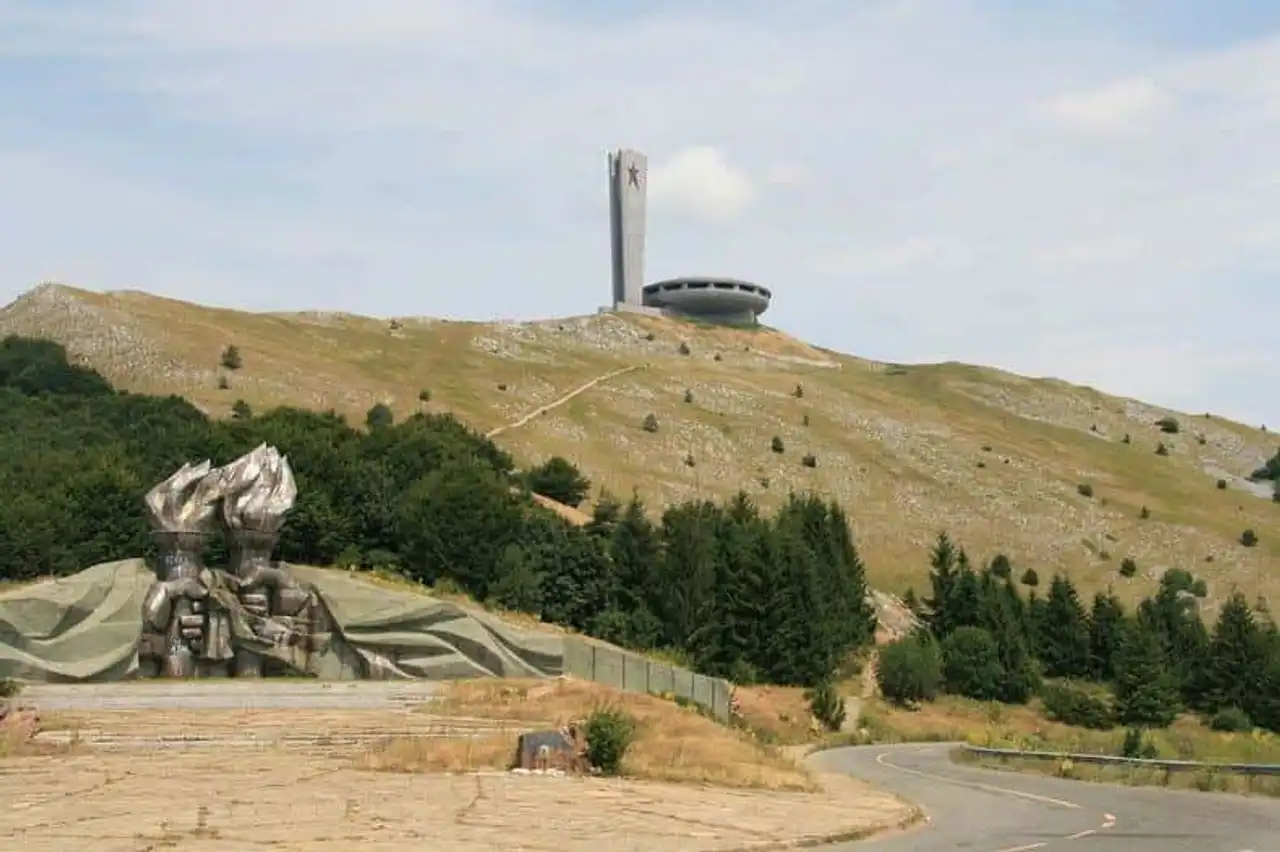
The monument, which takes a form of saucer , rises to a height of 107 m, and was designed by architect Guéorguy Stoilov. More than 60 Bulgarian artists have collaborated in the design of wall paintings on the site, and thousands of "voluntary" have been involved in its construction, which has taken place almost seven years . In the main hall, 15 metres high, a fresco of 500 m2 represents the portraits of Marx, Engels, Lenin and the Bulgarian Communist leader Todor Jivkov. The dome of the monument was covered with about thirty tons of copper. Two stars of 12 metres in ruby glass were installed at the top of the imposing 70-metre pylon that symbolizes a communist flag. The Soviet star that adorns the tower of Buzludzha was three times greater than that of the Kremlin .
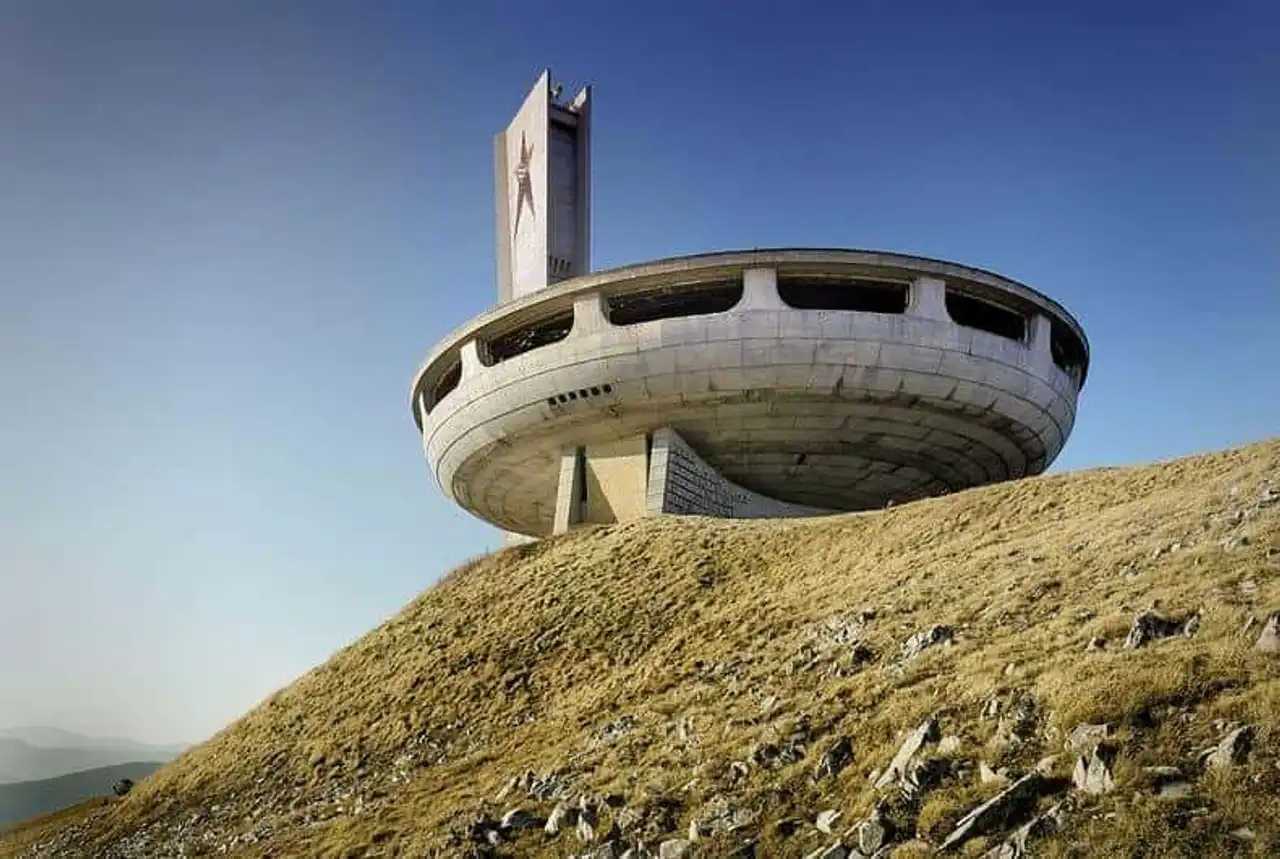
Over the main entrance into red paint, the expression “look your past” is in Latin character, flanked on each side by socialist verses written in Bulgarian Cyrillic.
Bulgarian communism ended in 1989 , and immediately after, the seat fell into disuse. In 1991, the monument, which still belonged to the ex-communist party, was transferred to the state and was abandoned, looted and left like that, as if he would self-destruct in time. None of the public institutions take the initiative to preserve and renovate this historic monument, although linked to the painful political history of the country. The Bulgarian socialist party itself does not undertake any action in favour of maintaining its most important symbol .
In September 2011, the Bulgarian government ceded Buzludzha to the Bulgarian Socialist Party. Bulgarian Prime Minister Boïko Borissov said on this occasion: “We will let them take care of it because we think that a country that does not respect its past and its symbols has no future”. "This monument, unique in Europe, once restored, will attract many tourists, especially Western. This is an impressive historical testimony,” said Boytcho Bivolarski, regional leader of the socialists in Stara Zagora.
But, since that date, the Bulgarian Socialist Party and the State no agreement has been reached on a renovation project of the Buzludzha monument . Read below how to get there.
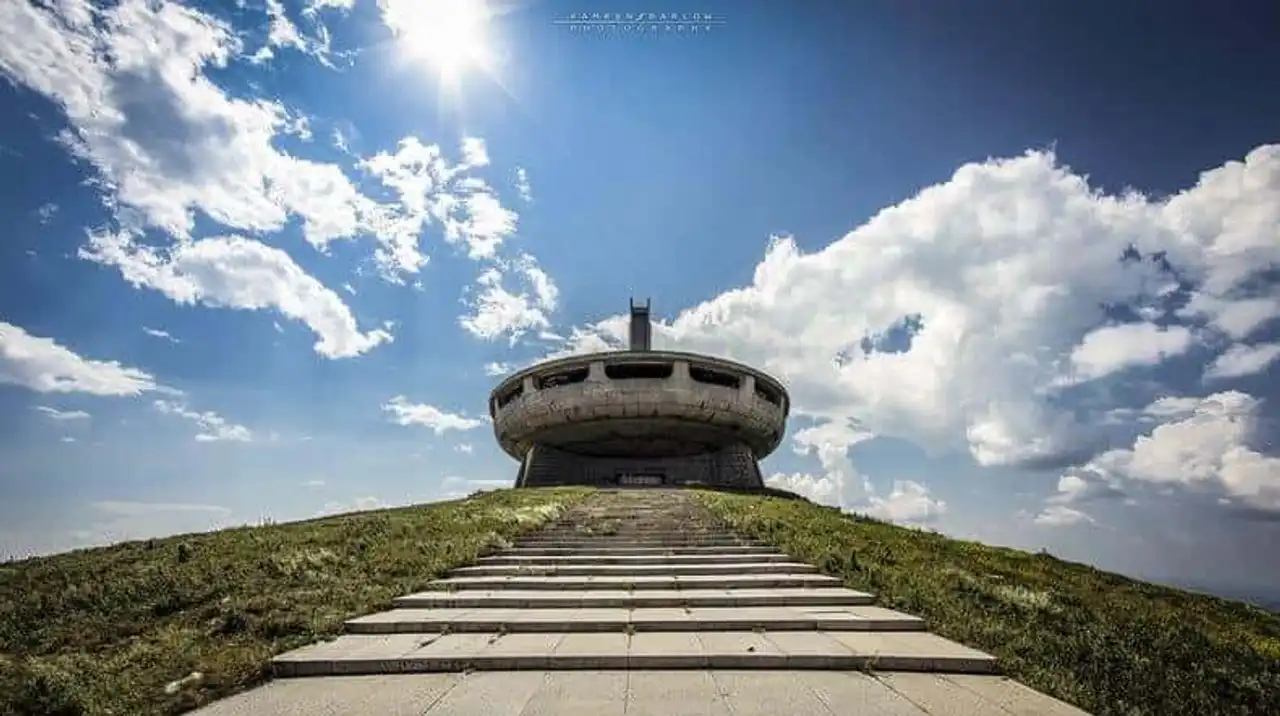
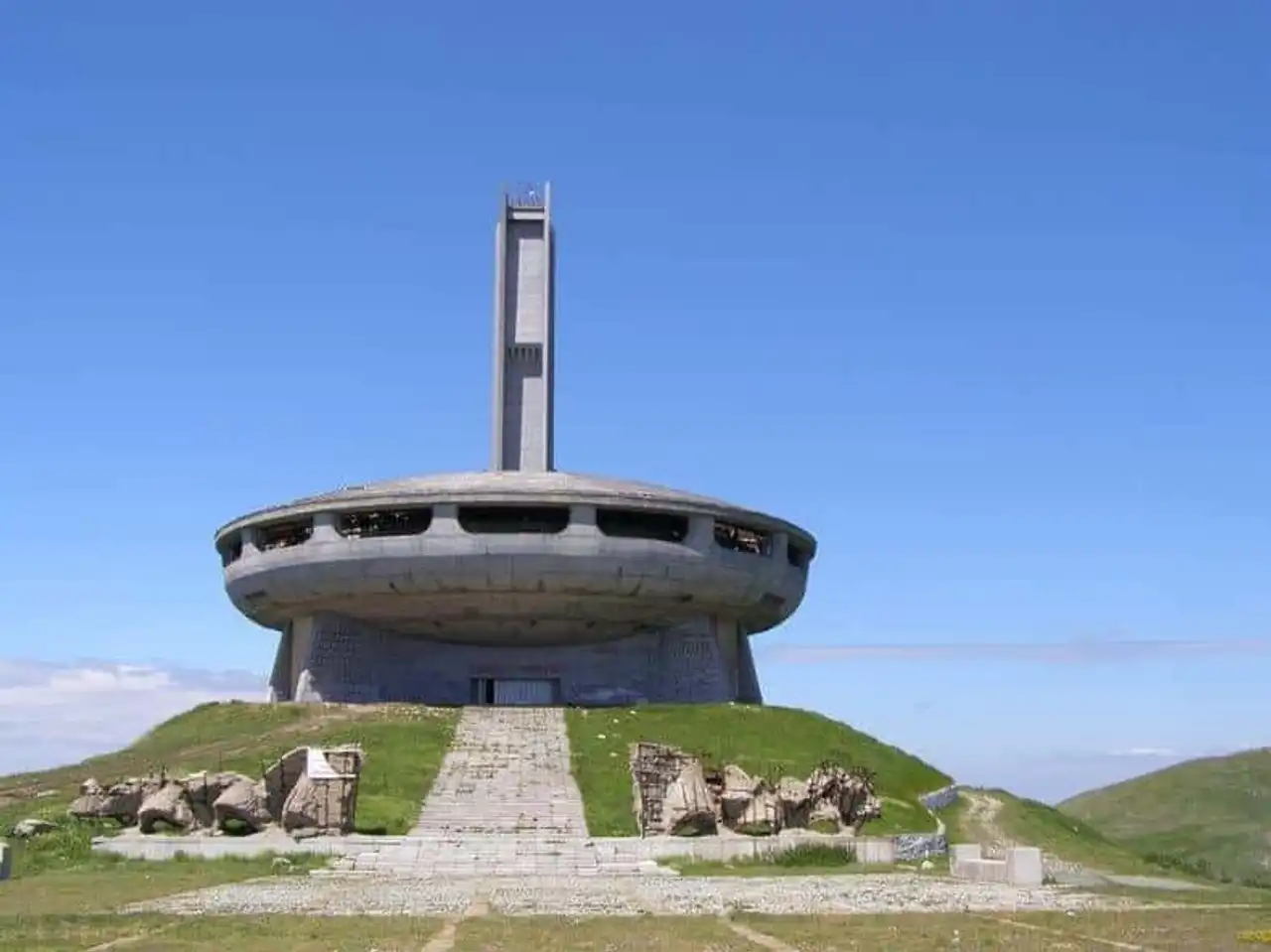
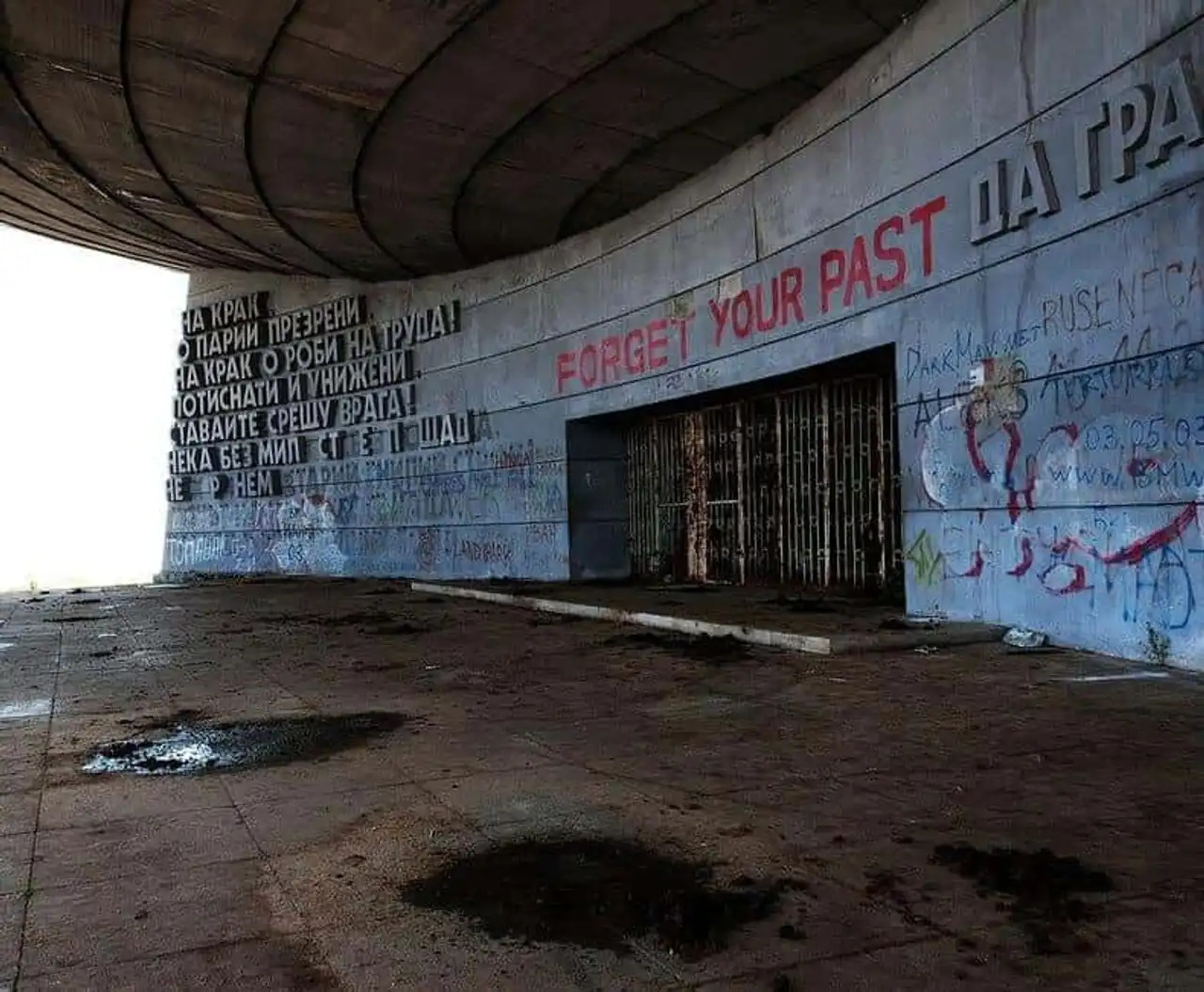
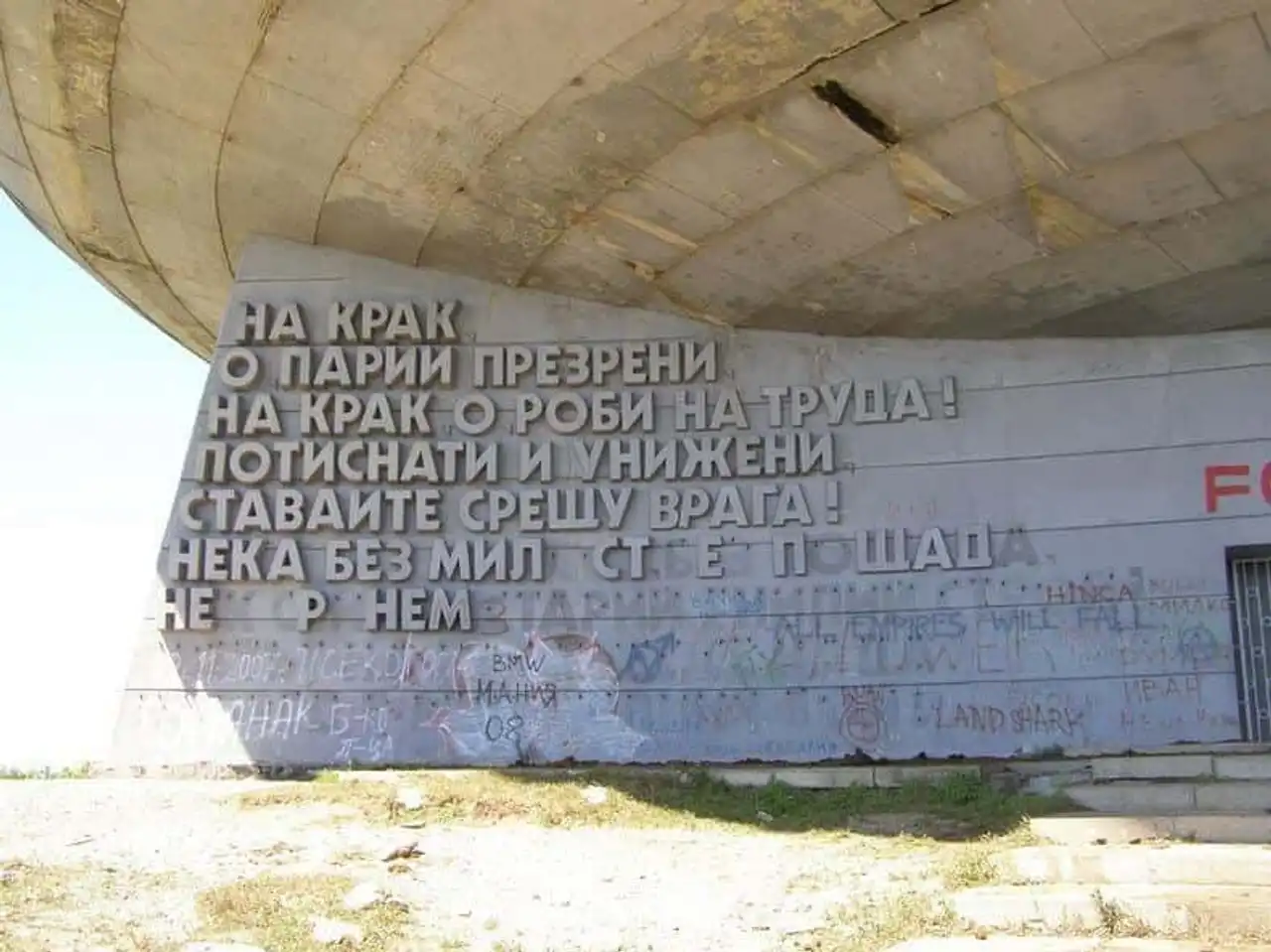
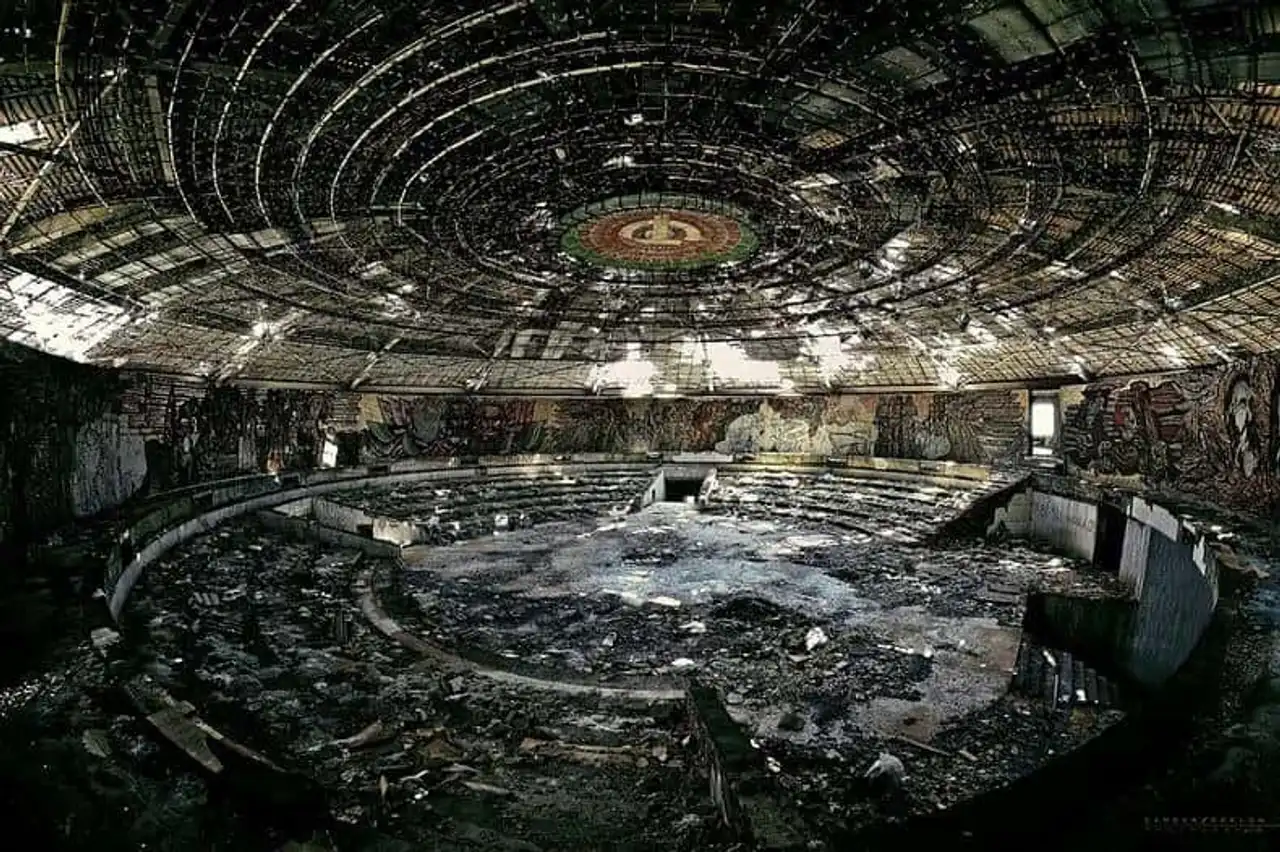
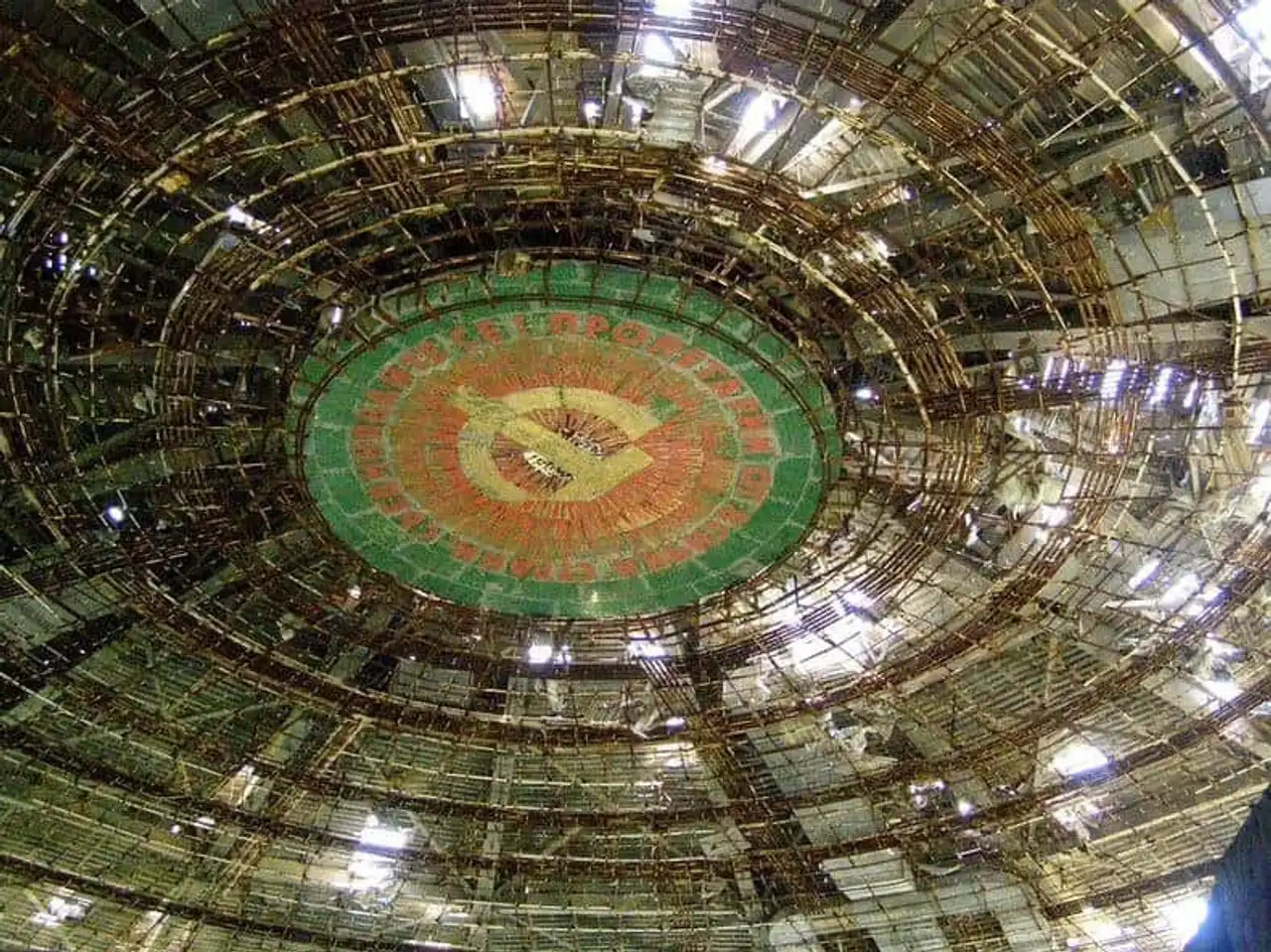
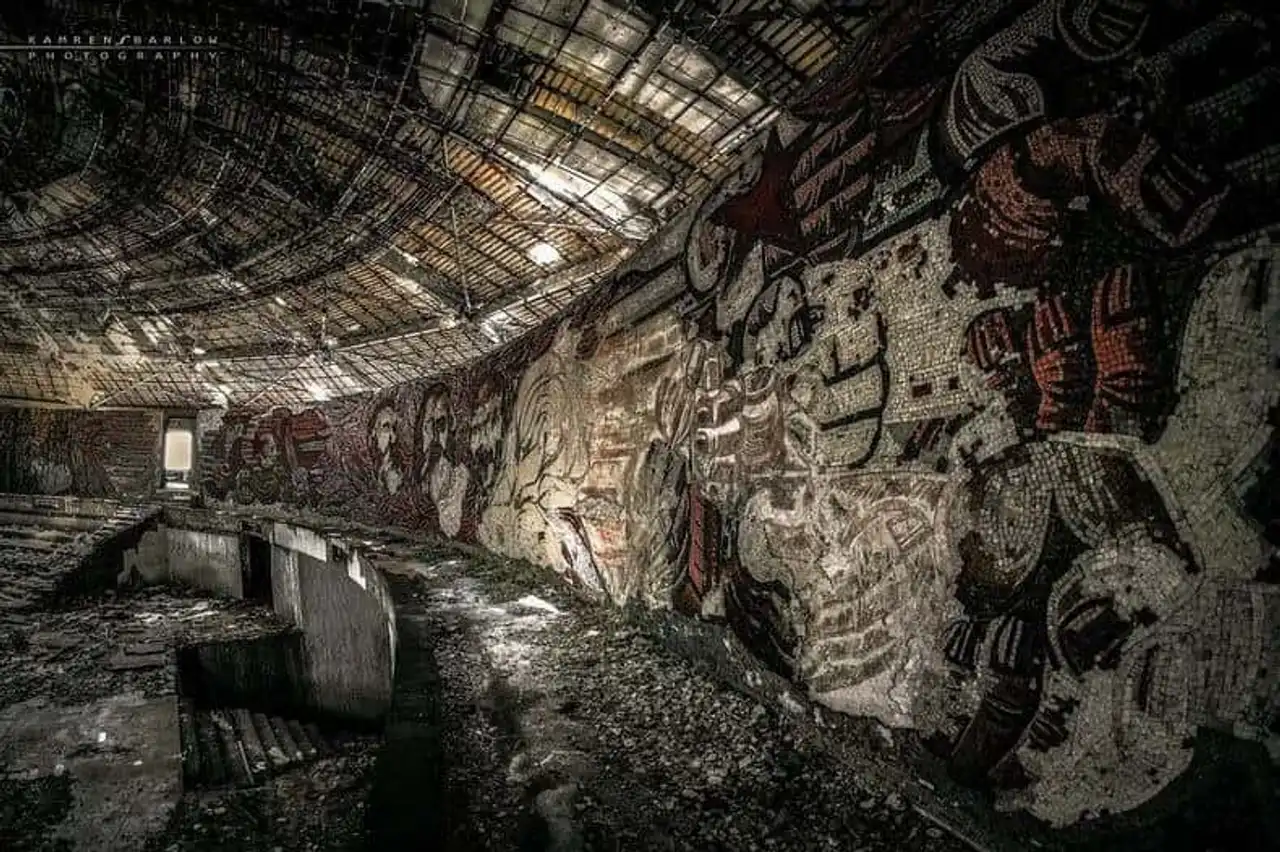
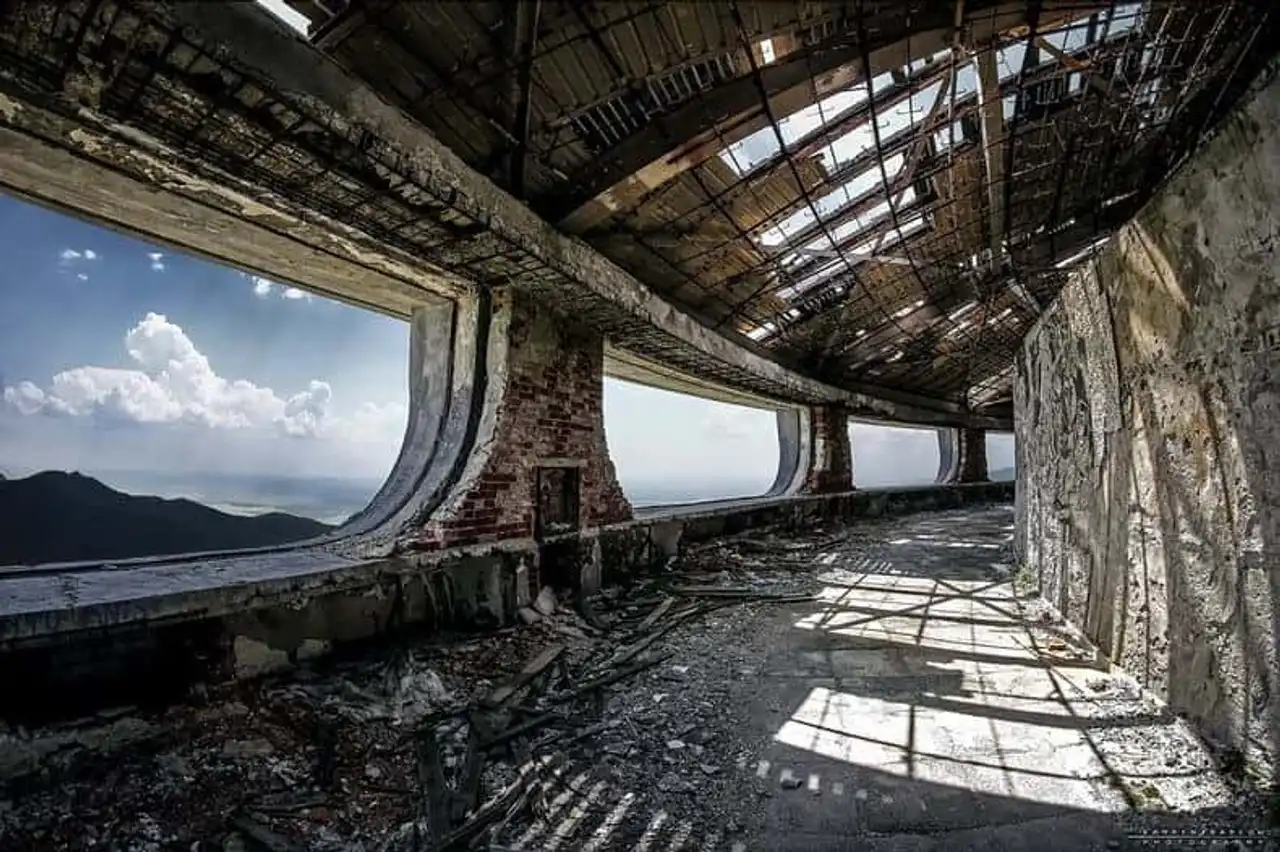
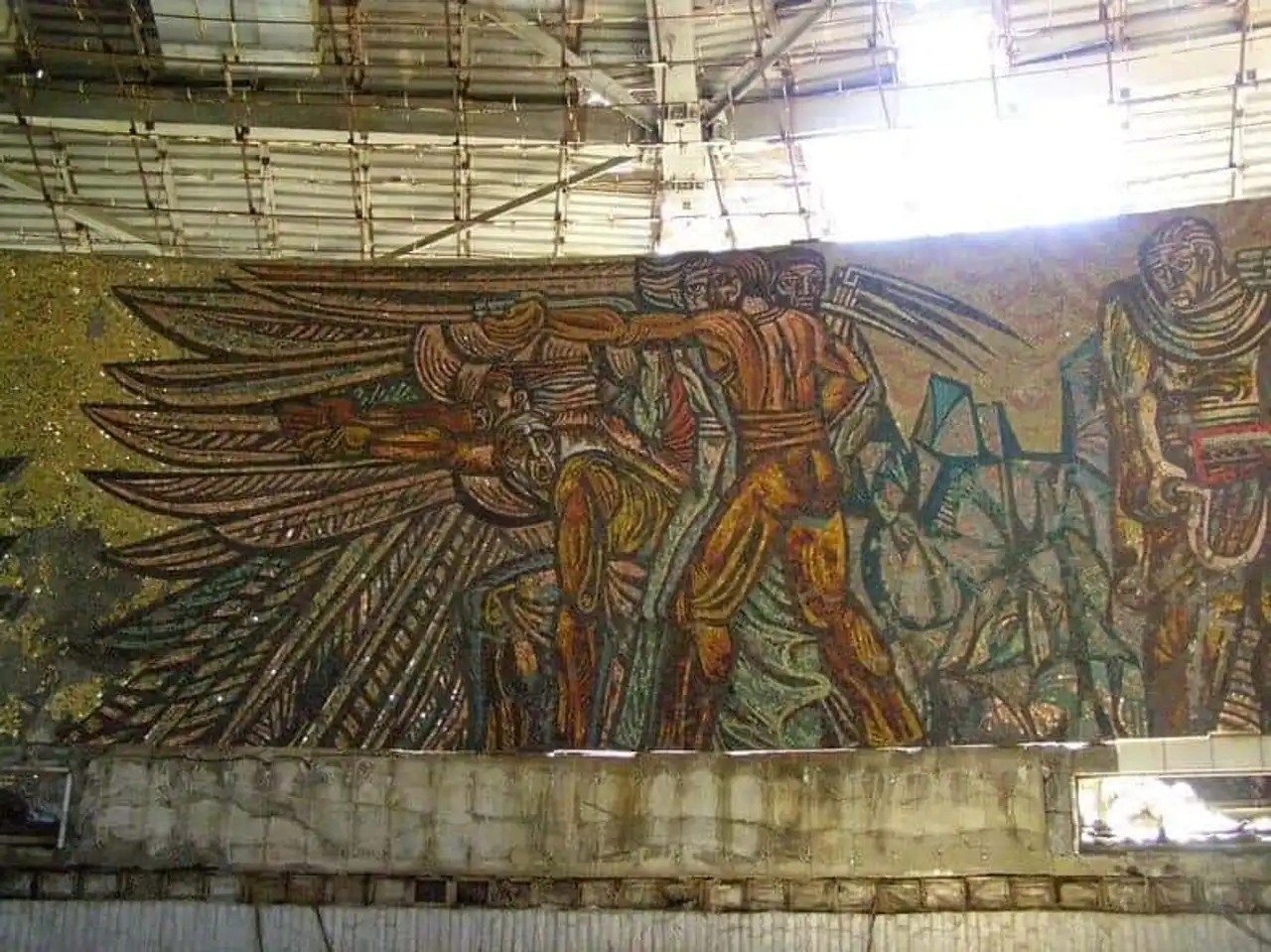
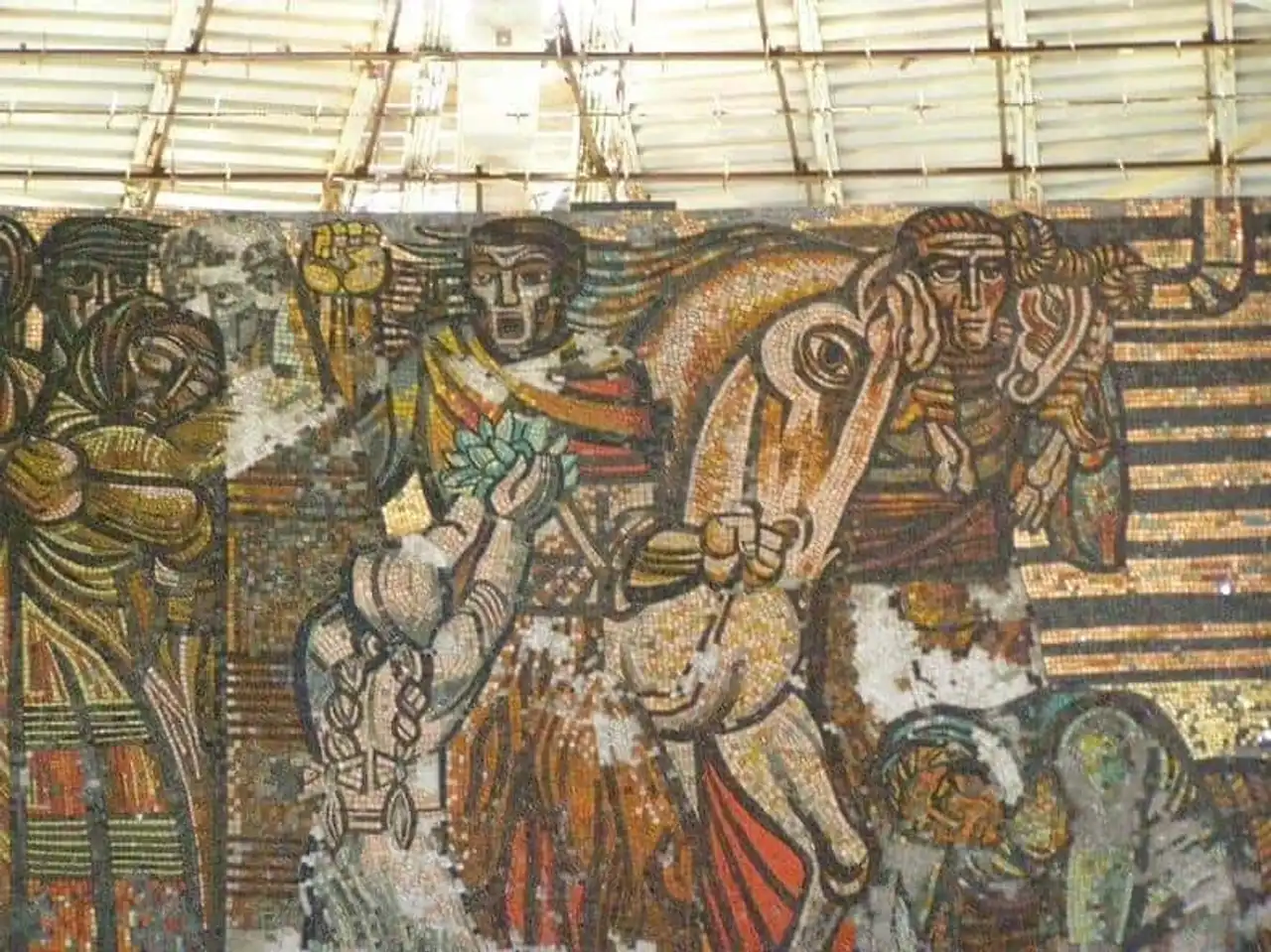
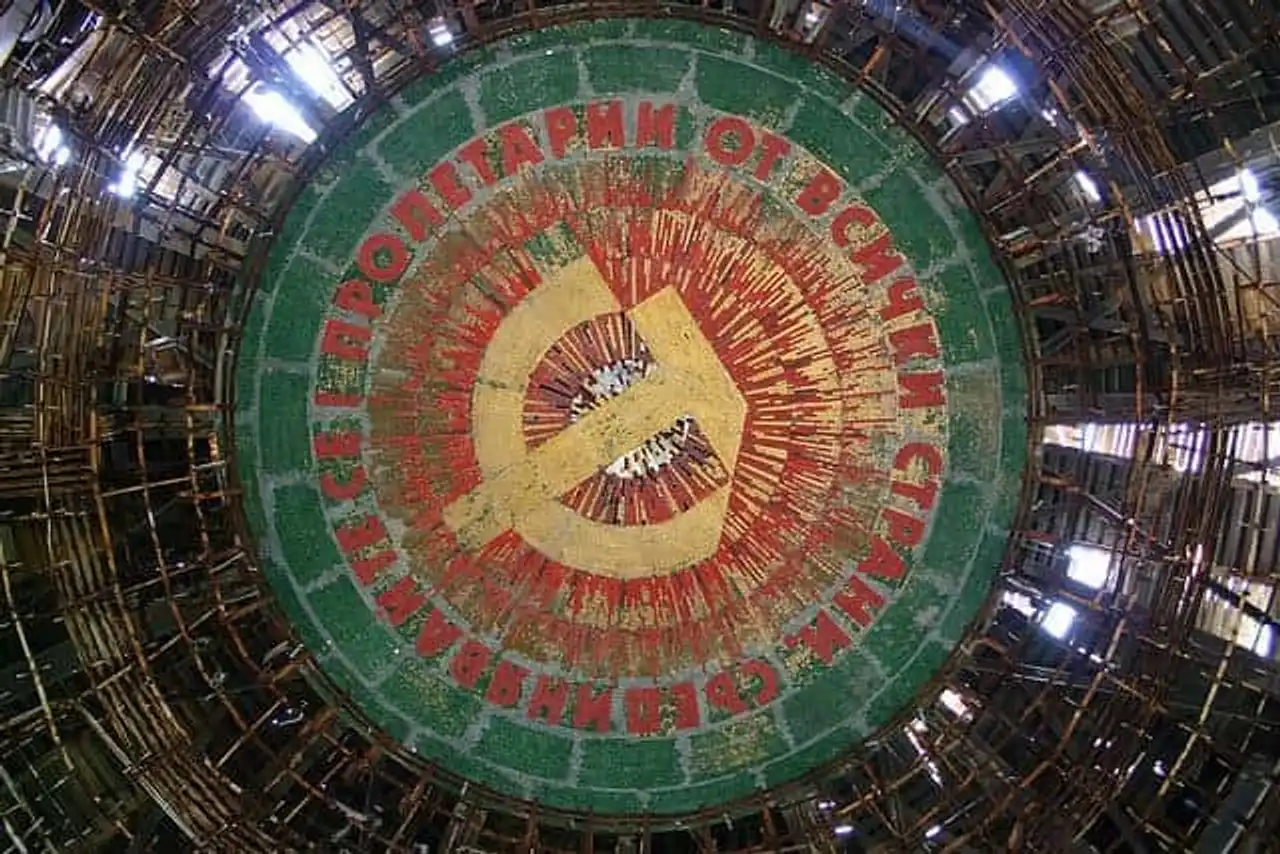
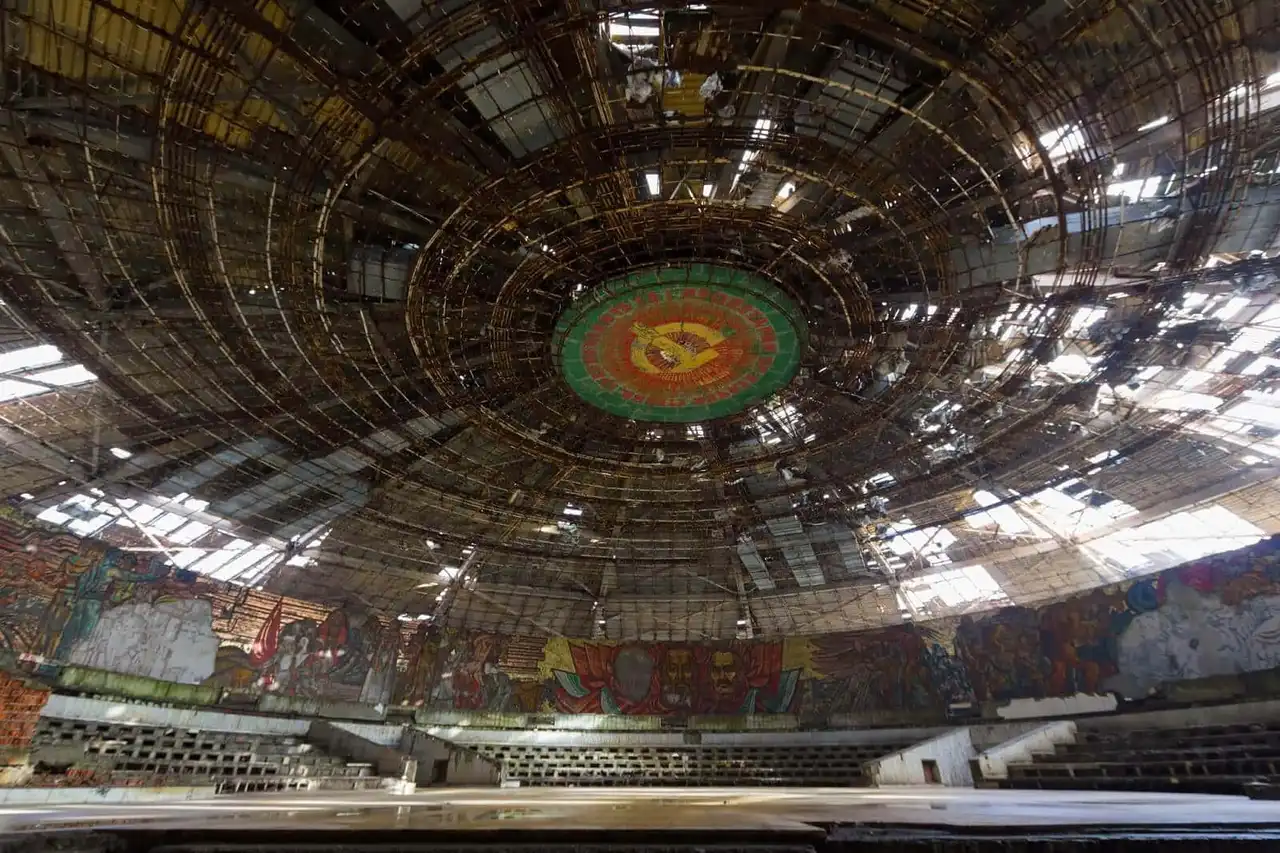
How to go to the Buzludzha Monument from Sofia?
From Sofia Airport or the city of Sofia , you have to drive on 240 km towards the city Kazanluk (the nearest important city in Buzludzha, 30 minutes by car). You can spend the night here. Rise early (since Kazanluk) and go to the Chipka Pass pass. In the summer, it is relatively easy to ride almost to the foot of Buzludzha. You will recognize the road to take when you see a large statue after passing through Kran . In winter, it is highly recommended to have a 4×4 with chains since the road is not maintained. This road is 12 km long. After a while, you will see the monument. In winter, think about taking adequate clothes. You will have to walk with snow to your knees. Also take flashlights to visit Buzludzha. It is not so simple to reach your goal, you must have energy. The entrance is not made by the official entrance, it will be necessary to bypass the building.
Here is the road route from Sofia. Do not hesitate to ask your hotel in Kazanluk for more detailed information.
Sources text et photos : Amusing Planet , Wikipedia , Atlas Obscura , Don’t Complain




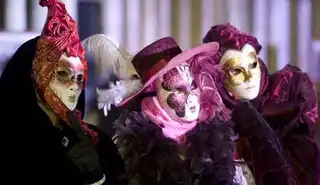
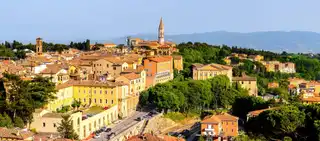
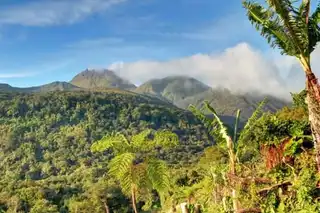
Loading comments ...